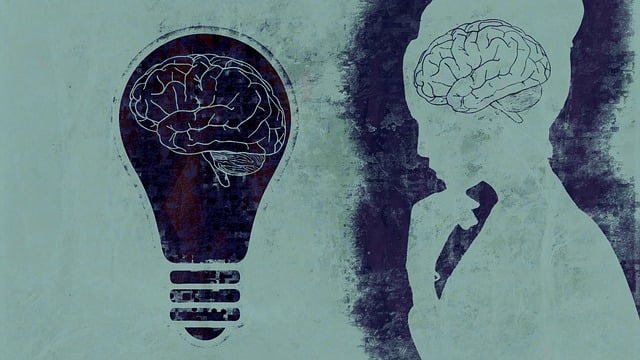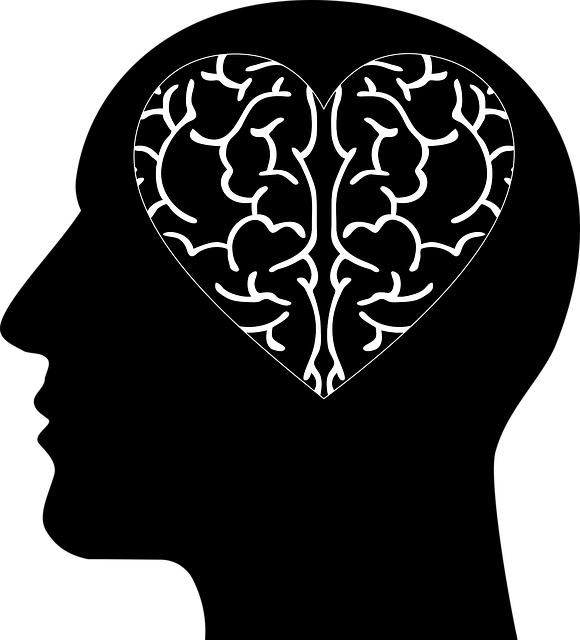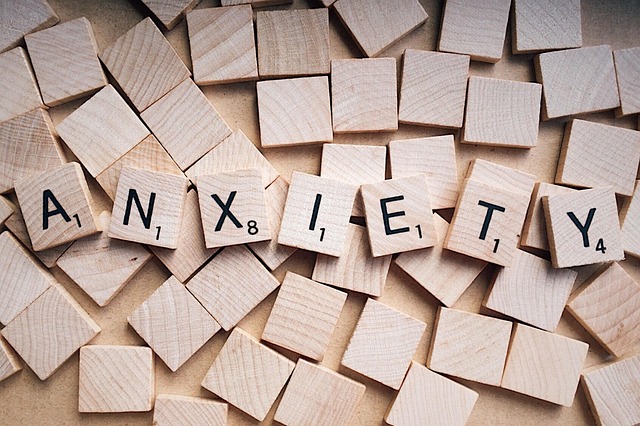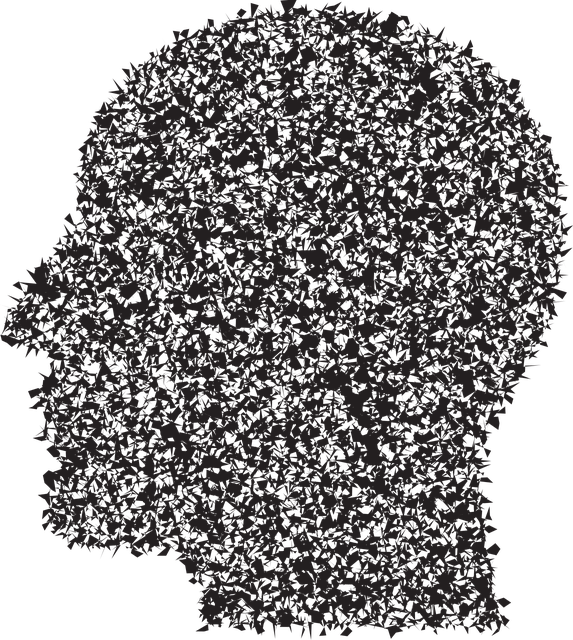Evaluating therapy for adolescent teens chronic pain programs using both quantitative (surveys, tools like VAS and SF-36) and qualitative (interviews, focus groups) methods is crucial. This integrated approach reveals immediate and long-term impacts on mental health, pain management, and quality of life. Success stories include compassion cultivation practices, offering holistic insights for optimized care. By combining these evaluation techniques, professionals can refine strategies, enhance coping mechanisms, and improve the Therapy for Adolescent Teens Chronic Pain experience tailored to diverse patient needs.
Mental wellness programs designed for adolescent teens suffering from chronic pain require rigorous evaluation to measure effectiveness. This article explores assessment methods that go beyond traditional metrics, delving into qualitative and quantitative techniques to truly understand the impact of therapy interventions. We examine successful strategies for evaluating mental wellness programs, highlighting how these approaches enhance youth chronic pain management practices. By focusing on Assessing Impact, Effective Evaluation Techniques, and Measuring Success, we aim to provide insights tailored to the unique needs of adolescent teens dealing with chronic pain.
- Assessing the Impact of Mental Wellness Programs for Adolescent Teens with Chronic Pain
- Effective Evaluation Techniques for Therapy Interventions
- Measuring Success and Informing Future Practices in Youth Chronic Pain Management
Assessing the Impact of Mental Wellness Programs for Adolescent Teens with Chronic Pain

Evaluating the impact of mental wellness programs designed for adolescent teens experiencing chronic pain is an essential aspect of understanding their effectiveness. This process involves rigorous assessment methods to gauge improvements in mental health outcomes, pain management strategies, and overall quality of life. Researchers often employ quantitative techniques such as surveys and standardized assessment tools to measure changes before and after program participation. These tools may include anxiety and depression scales, pain intensity ratings, and functional ability assessments tailored for adolescents with chronic conditions.
Furthermore, qualitative methods like interviews and focus groups provide deeper insights into the teenagers’ experiences. This approach allows them to share personal stories, express challenges, and highlight aspects of therapy that resonated or required improvement. Integrating both quantitative and qualitative data offers a comprehensive mental health policy analysis and advocacy perspective, guiding adjustments to Therapy for Adolescent Teens with Chronic Pain to ensure better outcomes. Additionally, these evaluation methods contribute to the development of evidence-based practices and inform the production of Mental Wellness Podcast Series Production content, catering to diverse adolescent needs.
Effective Evaluation Techniques for Therapy Interventions

Effective evaluation methods are essential to measure the impact and success of therapy interventions for adolescent teens suffering from chronic pain. One powerful technique is utilizing self-report measures, where individuals reflect on their symptoms, emotional states, and overall well-being. These assessments provide valuable insights into the teen’s perception of their pain and can track changes over time, helping therapists adjust treatment strategies accordingly. For instance, scales such as the Visual Analogue Scale (VAS) or the Short Form Health Survey (SF-36) can evaluate physical pain intensity and health-related quality of life.
Additionally, incorporating qualitative methods like interviews or focus groups allows for a deeper understanding of the teen’s experience. This can include exploring their coping mechanisms, social support networks, and perceptions of the therapeutic process. Such approaches are particularly beneficial in addressing complex issues related to chronic pain, such as stigma, fear, or anxiety. For example, compassion cultivation practices, which encourage self-compassion and mindfulness, have shown promise in reducing pain intensity and improving emotional resilience among adolescents. This holistic evaluation approach, coupled with training for healthcare providers on cultural competency, ensures a more comprehensive understanding of the patient’s journey towards mental wellness.
Measuring Success and Informing Future Practices in Youth Chronic Pain Management

Measuring success in youth chronic pain management programs is vital to inform future practices and tailor interventions effectively. Various evaluation methods can be employed to assess both the immediate outcomes and long-term impact of therapy for adolescent teens with chronic pain. These include qualitative approaches, such as interviews and focus groups, which provide insights into participants’ experiences, perceptions, and barriers to self-care routine development for better mental health. Quantitative measures, like surveys and standardized assessments, capture changes in pain intensity, functional ability, and mental wellness, offering concrete data for comparison over time.
By integrating these evaluation techniques, professionals can gain a comprehensive understanding of the program’s effectiveness in fostering mental wellness among teens with chronic pain. This knowledge is crucial for refining existing strategies and adopting mind over matter principles to enhance care delivery. Ultimately, continuous assessment ensures that therapy aligns with the unique needs of adolescent patients, promoting better coping mechanisms and improved quality of life.
Evaluating mental wellness programs, particularly those focused on therapy for adolescent teens with chronic pain, is vital to understanding their impact and effectiveness. By utilizing diverse assessment methods, we can measure success in managing youth chronic pain while informing future practices. These evaluations not only help identify what works but also guide improvements, ensuring tailored support for young individuals navigating their health and well-being. This process ultimately contributes to enhancing the quality of care provided to adolescents suffering from chronic pain.











